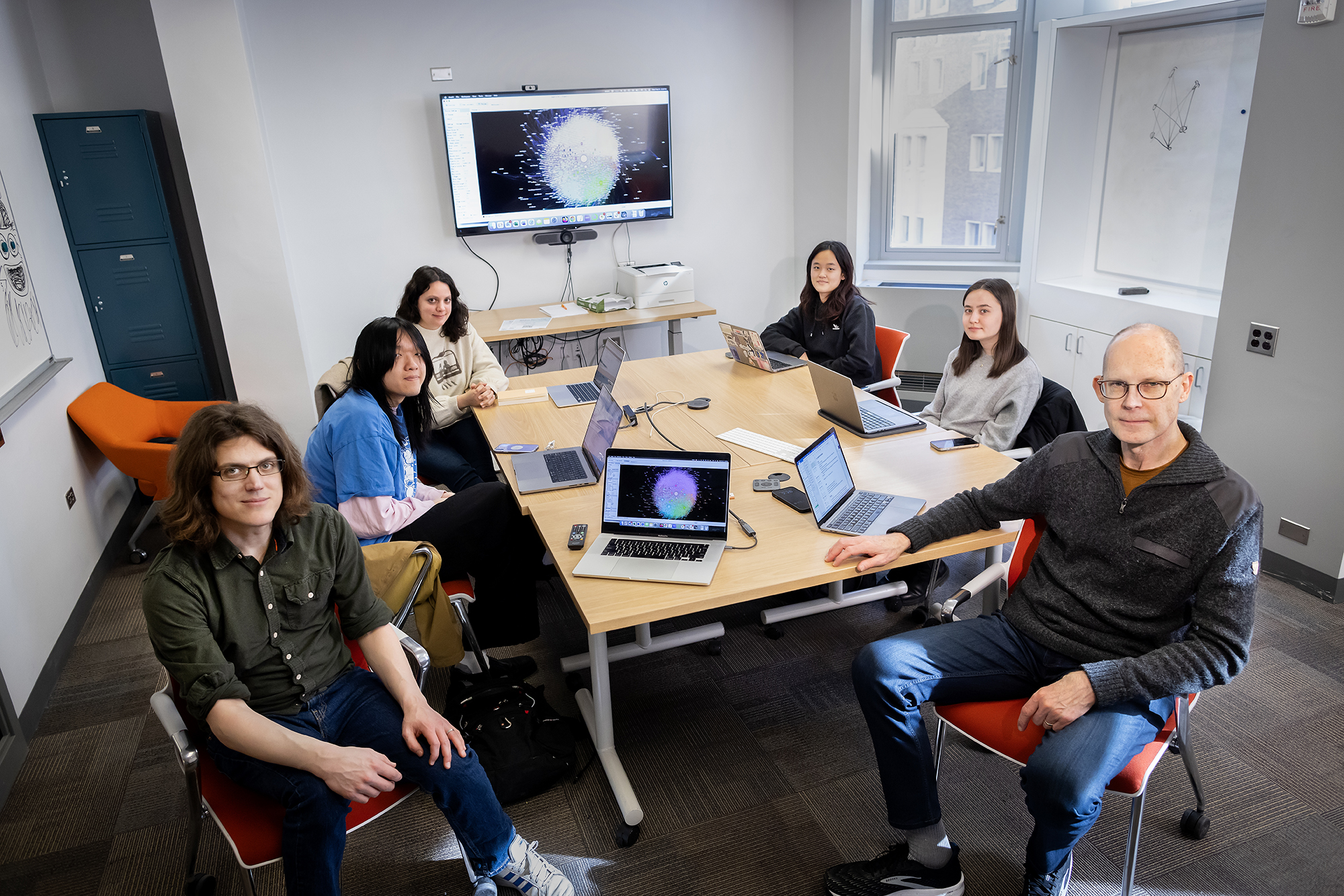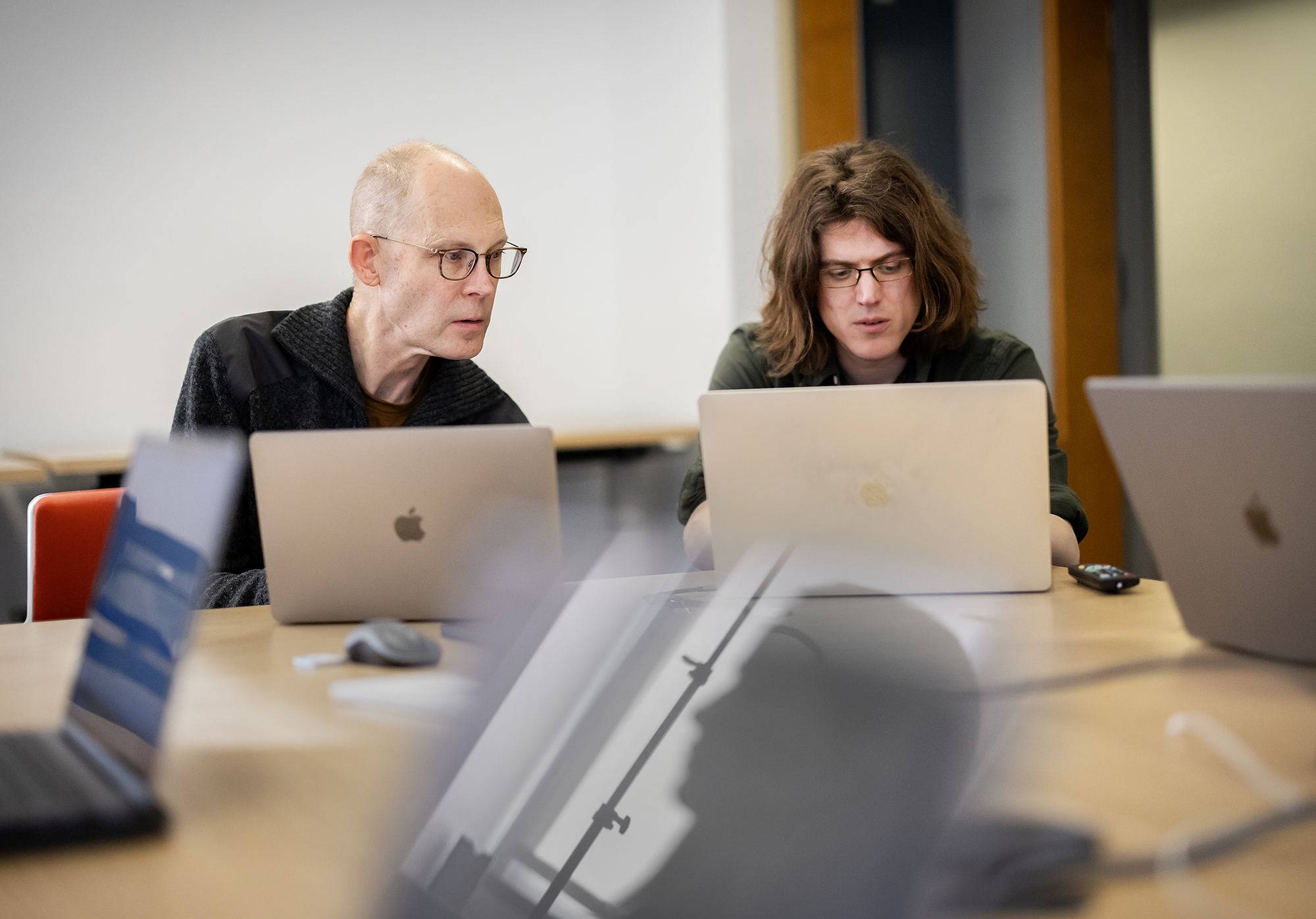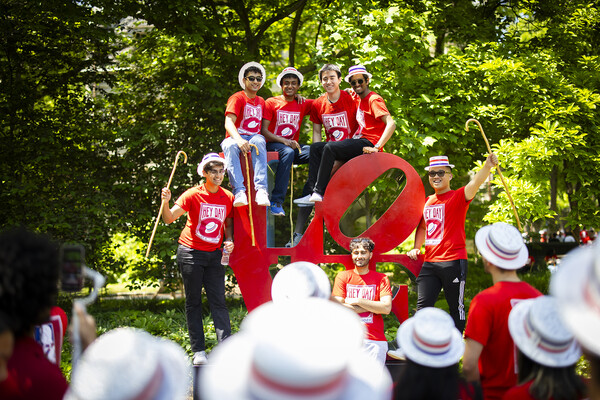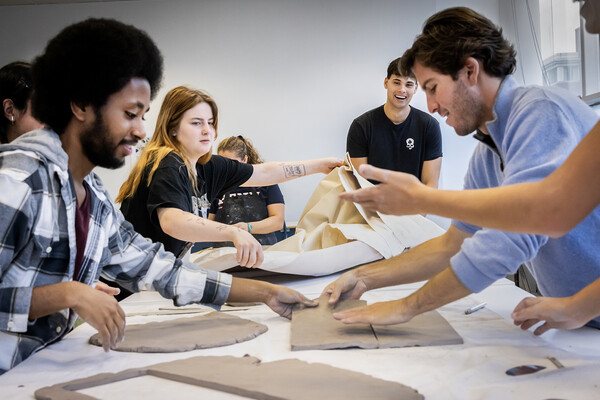
A team of researchers at the Price Lab for Digital Humanities has studied thousands of avid readers and the hundreds of thousands of books in their collections and discovered that romance, often dismissed by academics, is a uniquely “large, complex, and dynamic” genre and “a vital part of the literary system.”
The project studies the contemporary tastes and habits of readers by using the Goodreads social book-collection site.
“Romance is the juggernaut of contemporary literature, standing out from all other genres in its sheer scale and in the wild diversity of its subgenres,” the team wrote in the article “Genre Juggernaut: Measuring ‘Romance’” published in Public Books, a literary magazine. “Romance is the genre of genres, a veritable genre ecosystem in its own right.”
The genre and its readers are worthy of further serious academic research, they say.
“Because romance has a very intricate genre system on the inside and a big dedication of readers to articulate that genre system, it rewards study, not for size alone, but also just for complexity of it, and for what we can learn,” says research team member Angelina Eimannsberger, a Ph.D. candidate in the Comparative Literature and Literary Theory program.
A team leader, J.D. Porter, a digital humanities specialist in the Price Lab says, “We have some quantitative analysis that helps us make that case in a way that might convince people.”
Stewart Varner, managing director of the Price Lab, says that the project has brought together faculty, research staff, and undergraduate and graduate students from multiple fields. “It’s such a great opportunity for everyone to contribute and also learn by doing,” Varner says. “It’s becoming a model for the way the Price Lab wants to support research and student learning.”
The team
Porter came to Penn in 2020 after completing his Ph.D. in English from Stanford University, where he had worked in the Stanford Literary Lab. Porter helps faculty and graduate students with digital humanities research, especially on the technical aspects, since he has a background in Python and text mining and network analysis.
“Romance is a larger component of the broader literary field than literary critics estimate, and it deserves study because of its complexity,” Porter says, “and because of the sophisticated investment of the people who are reading and writing romance and the institutions that are producing it.”
Eimannsberger is a Ph.D. candidate in comparative literature who has been at Penn since 2018. She was awarded a mid-doctoral fellowship with the Price Lab in 2021-22, becoming involved in the project after having taken a class on the sociology of literature taught by James English in the School of Arts & Sciences.
English, founder and faculty director of the Price Lab, was working on a project on reader eclecticism. Once Eimannsberger joined the team, the emphasis on romance became more pronounced, Porter says, and has been one important line of thought for the past three years.
The team also includes paid undergraduate research assistants. During the past year the assistants were Jin Kwon, now a rising third-year student from Ft. Lauderdale, Florida; May Hathaway, now a rising fourth-year student from New York City; and Curtis Sun, a master’s student in computer and information technology.
“A lot of what we do in weekly workshops is to look at visualizations together and think about what we’re seeing and what we’re not seeing and try to generate hypotheses that we can then test out in various ways,” says English, also the John Welsh Centennial Professor of English.
Their research is breaking new ground, he says: “In literary studies there’s been almost no study of readers.” The entire field of reader studies is relatively new. The Price Lab held its first international symposium on the field, Reader Studies in the Digital Age, in April.
“One of the really cool things about digital humanities that is enlivening as a scholar is the collaborative nature of it,” Porter says. “The intellectual experience and the output are very much a group thing, and everybody who’s been involved in it, whether an undergraduate researcher or a faculty member, contributes to that. And you really feel like you’re sharing in a collective intellectual endeavor.”
The measuring romance project
The team is mining data from Goodreads, launched in 2007, which describes itself as “the world’s largest site for readers and book recommendations” with more than 100 million members, a place where readers can share their own literary criticism.
In thinking about eclecticism for readers, Porter says it seemed natural to look at genres of literature, but genre is quite complex. Goodreads was helpful because readers classify the books by tagging them with “shelves” that correlate with the genre they think the book falls into, as well as using it to tag other aspects of the book such as tropes or personal reading. Readers create the tags in Goodreads, “so it’s interesting for us to know what they think about when they make them,” Eimannsberger says.
The team built a network of the tags readers assign to books by using computer programs to “scrape,” or mine, data for 600,000 books, corresponding to the libraries of 3,200 highly active Goodreads users.
“When you run analytics on the data you can see which genres naturally emerge from what readers are doing when they tag books on Goodreads,” Porter says. “And you see these clusters.”
Two big categories that emerged are fiction and nonfiction, and within those two there are dozens of other genres. The next major cluster to emerge is romance, which is much larger than other familiar genres like mystery or fantasy/sci-fi. Analysis has demonstrated “just the immense importance of romance as a genre that people tag a lot. People are really invested in reading lots of books in that genre,” Porter says.
The romance genre has “a lot of internal complexity,” Porter says, with different “flavors” of romance and many types of readers. Their research identified nine groups within romance: fiction, historical romance, fantasy, young adult, contemporary, LQBTQ romance, mystery, romance, and holiday. “Sometimes they like to read lots of them, and sometimes they are really devoted to one kind of romance,” Porter says.
Reaching out to real readers
And that’s where Eimannsberger’s expertise is important to the project. Her dissertation combines ethnographic research on readers with feminist theory. She examines the subgenres of romance to understand how the genre has become more feminist in recent years, including contemporary romance, sapphic romance, and tropes within those subgenres, like Snowed-In and Enemies-to-Lovers, with characters of multiple races, ethnicities, genders, sexualities, and neurodivergence.
As part of her research for the project as well as her dissertation, Eimannsberger, with assistance from the undergraduate research assistants, has been interviewing readers. Porter identifies those who are highly active romance readers based on their engagement with Goodreads. Eimannsberger is following research protocols, so the methods and questions were reviewed and approved in the fall by the Penn Institutional Review Board, including how to keep the data secure.
To contact the readers, they direct-message them in Goodreads. “A lot of them really love what they read, and they’re very happy to talk about it,” Eimannsberger says. “Part of the fun is that they’re like, ‘Really, you want to talk to me about romance?’ It’s very exciting to a lot of research subjects that something they just love to do in their spare time is a serious pursuit for us.”
Some of the readers have read thousands of romance novels and are well-versed, with “granular” knowledge of authors and certain plot lines and tropes, she says.
“Also with romance, it’s always interesting how people are defensive about how it's good literature, how it's worthy to read this,” she says. “Is it bad taste to read romance? We don’t think it is. But in talking to readers, they rationalize it to themselves.”
Porter agrees. “That’s a bit of a subtext for us, that romance is relatively underserved in academic work on literature. It has historically not been considered as highbrow or as ambitious a genre in terms of its literary quality,” he says.
Their project will continue in the coming year.
“If you want to know what’s common in literature, you’ve got to look at romance novels. It will be rewarding. You’ll learn interesting things,” Porter says. “I don’t think there’s an end point for this project. If it's continuing to produce fruitful research, like in any other lab, there's no need to tie it off.”









